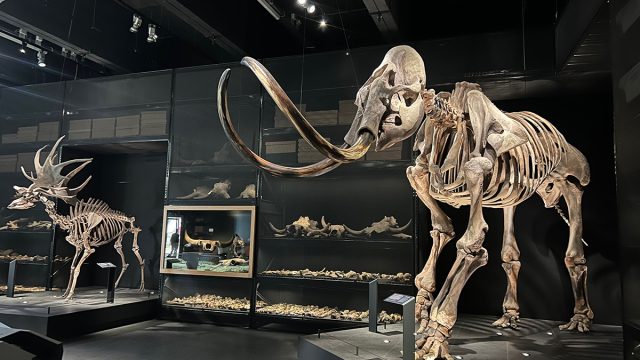
Extinction is the death of all members of a species of plants, animals, or other organisms, according to the Smithsonian. Over the past few centuries there have been hundreds of extinctions caused by human activities in the past few centuries. Here are 9 that will blow your mind.
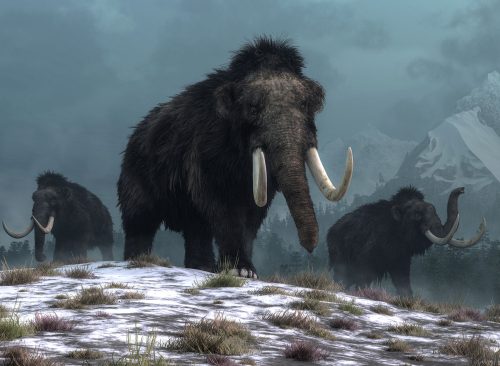
The Woolly Mammoth, mammuthus primigenius, is the most famous mammoth species. The size of today's African elephant, it was alive and well in the northern hemisphere for half a million years, but went extinct in 2000 BC. There are a few reasons why the large creature went extinct, including climate change and hunting by humans.
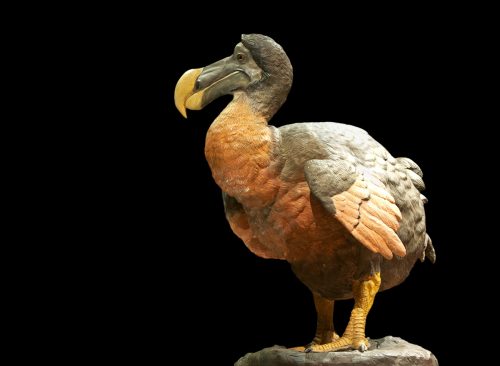
Raphus cucullatus, aka the dodo bird, went extinct in 1680. The large, flightless bird lived on the island of Mauritius in the Indian Ocean, and was a relative to doves and pigeons. When humans arrived on the island, the bird became vulnerable. Not only was it hunted for meat, pigs and cats also led to its extinction.
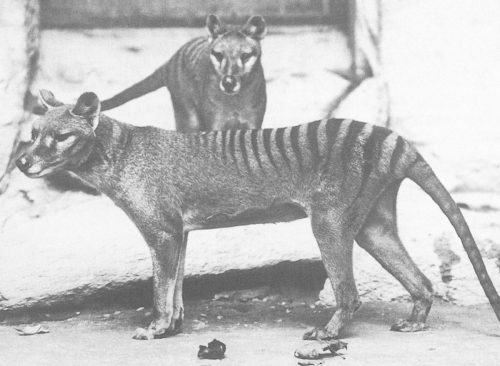
Thylacinus cynocephalus, also known as the Tasmanian tiger or Tasmanian wolf, originated in Australia and New Guinea. The carnivorous mammal looked similar in appearance to the domestic dog, but was marsupial and had a pouch. 2,000 years ago the animal went extinct in Australia and was only in Tasmania, with between 2,000–4,000 individuals remaining when the British arrived in the early 19th century. Eventually, it was deemed a threat to livestock and was killed off, with the one of the last dying from exposure at a zoo in Hobart in 1936 and the last wild thylacine dying in the 1960s.
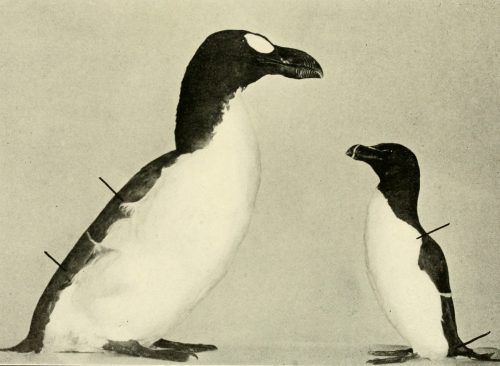
The Great Auk, pinguinus impennis, looked similar to a penguin but was in the same family as puffins and guillemots. It was found in the North Atlantic and was plentiful on Funk Island off the coast of Newfoundland. When European sailors explored the North Atlantic seas the flightless seabird's eggs were over harvested and adults were killed for meat. The last breeding pair of the birds were killed and their single egg accidentally crushed by fishermen on Eldey Island, Iceland, on July 3, 1844.
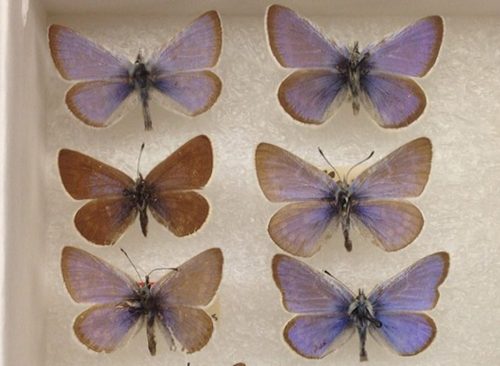
Xerces Blue, glaucopsyche xerces, was a blue butterfly species living on the coastal dunes of the San Francisco Peninsula. Why there? Its caterpillar enjoyed feeding on a single plant species found in the area. Unfortunately, urban development killed off the plant, leading to the extinction of the Xerces blue in the 1940s.

The passenger pigeon, ectopistes migratorius, was at one time the dominating pigeon species on the planet. Native to North America, the Seneca Tribe used it as a source of food, regulating hunting. When the Europeans colonized North America, the bird was hunted more, resulting in a decrease of population. Martha, the last living passenger pigeon died in September 1914 at the Cincinnati Zoo.
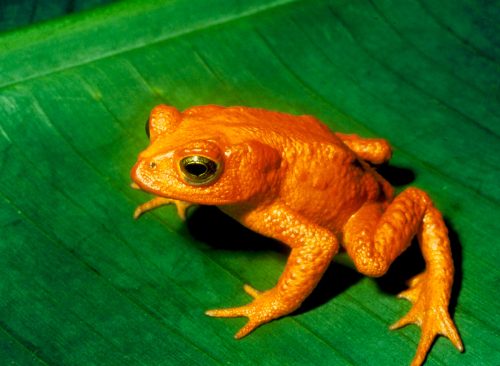
The golden toad, incilius periglenes, went extinct as a result of the climate crisis. The vibrantly colored toad was found in Costa Rica, and only came out of the underground a few days in April to mate with females. 1,500 were observed in 1987, but by 1988 there were just ten. The following year, only one male was identified and the species was declared extinct in 2004.
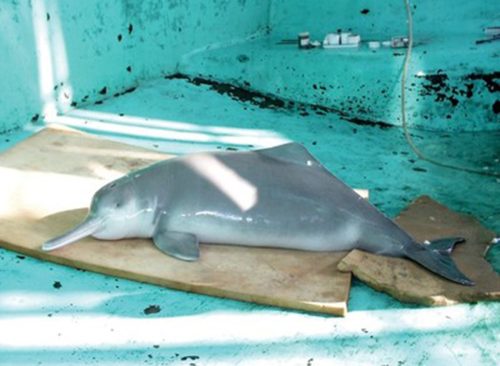
Baiji, lipotes vexillifer, was a freshwater river dolphin found in the Yangtze River in China. The last confirmed sighting was in 2002.
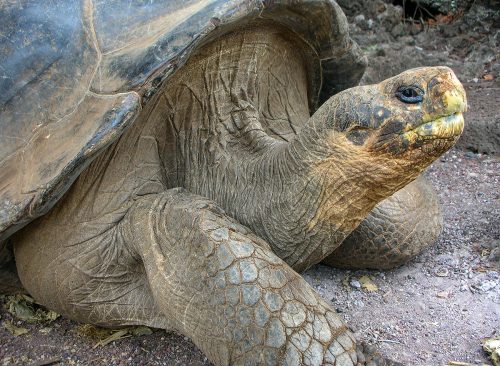
George was the last Pinta island giant tortoise, also known as chelonoidis nigra abingdonii or Chelonoidis abingdonii, who was discovered on the island. He died of natural causes in 2012 at 100 years old.
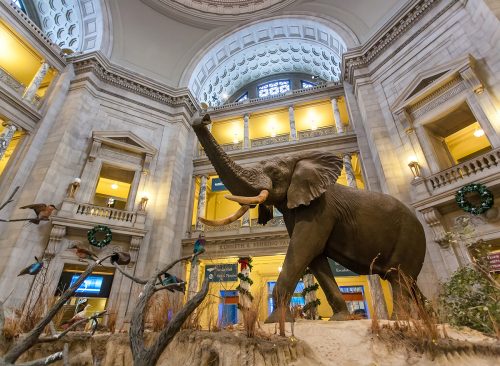
Conservation biology focuses on managing ecosystems to prevent species from going extinct, explains the Smithsonian. "Because we can't protect everything, conservation efforts target particular species or habitats," they explain.














